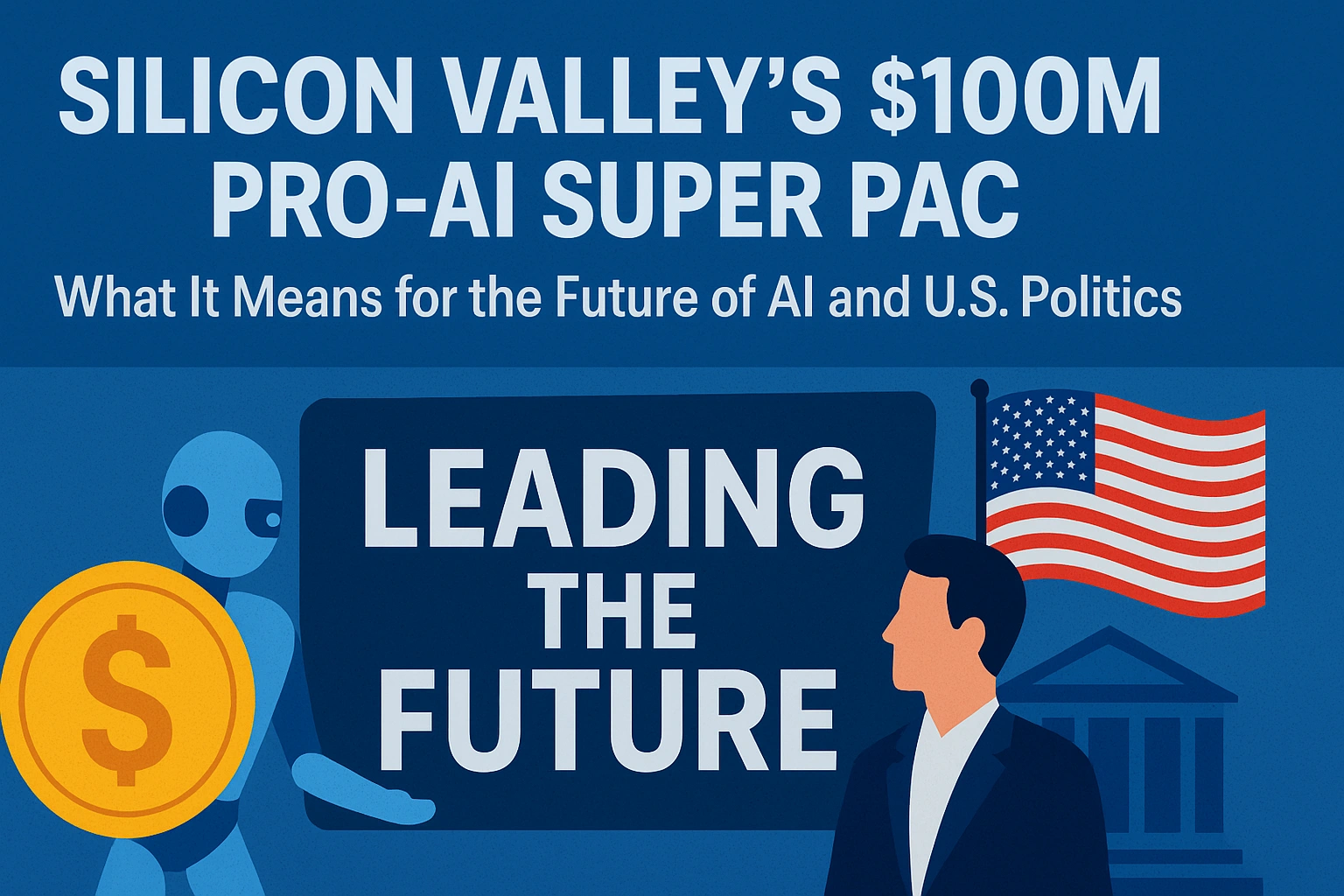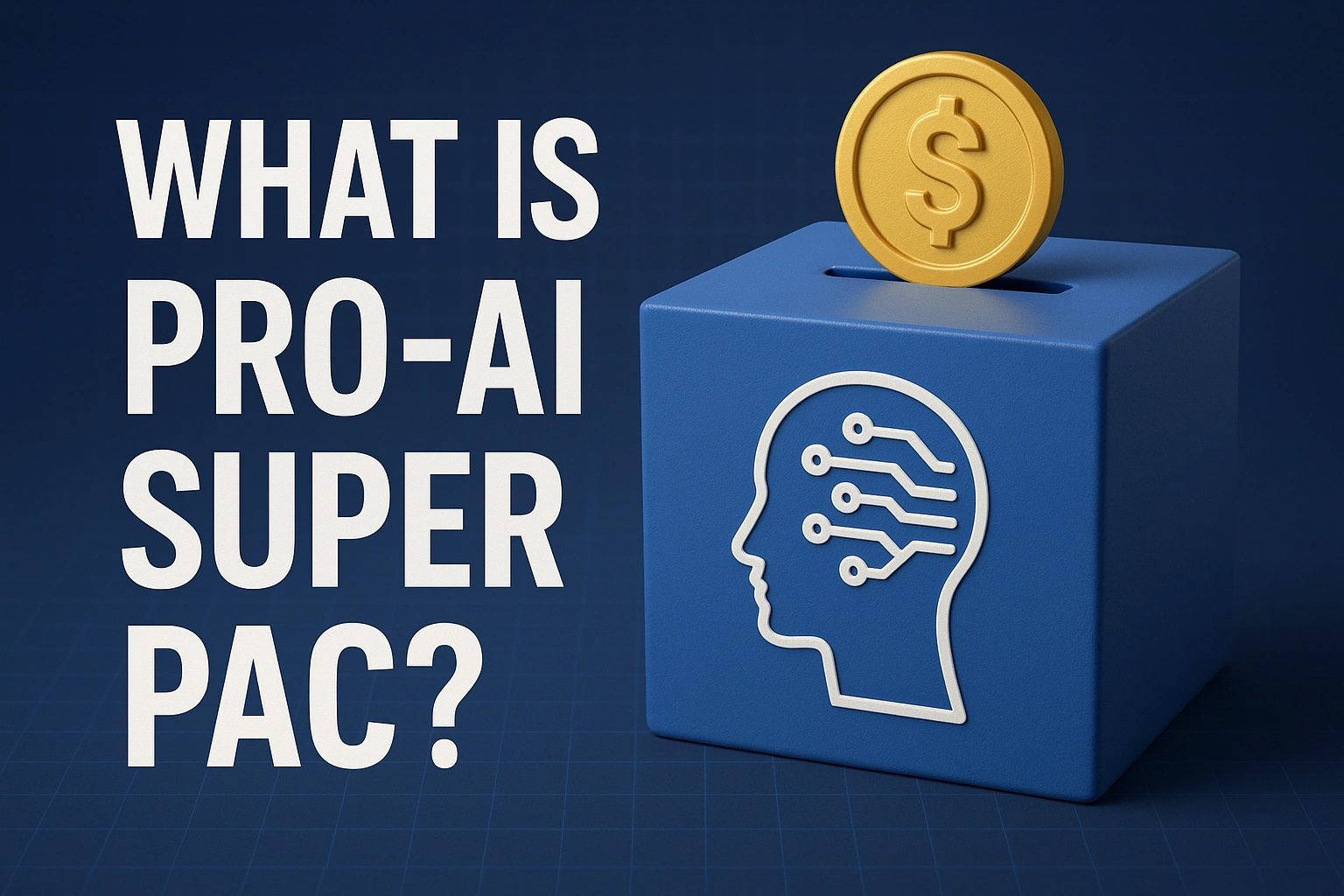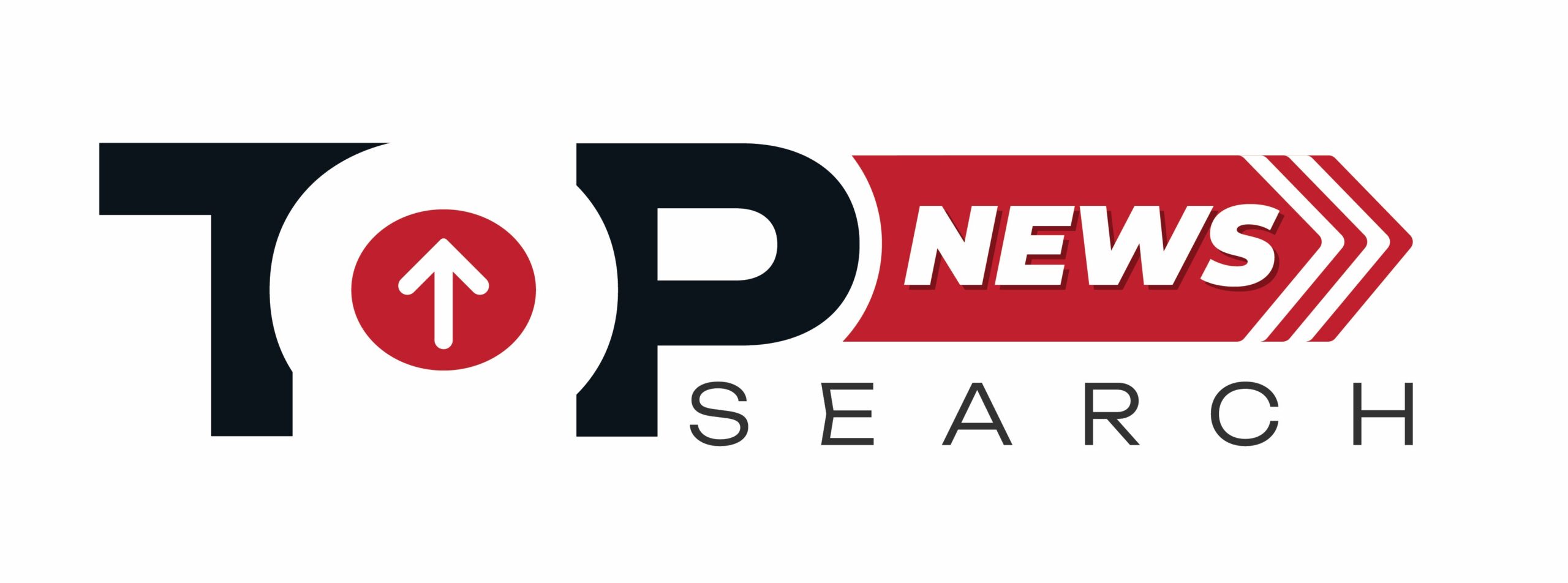
- September 1, 2025
- Top Search
- 10:08 am

🎧 Listen to this article instead of reading (audio version below).
Artificial Intelligence (AI) isn’t just shaping the way we live, work, and build businesses—it’s now reshaping U.S. politics. In a bold move, Silicon Valley investors have come together to launch a super PAC called “Leading the Future”, pledging more than $100 million to back pro-AI lawmakers in the 2026 midterm elections.
This political mobilization signals a turning point. AI is no longer only a technological issue—it’s becoming a political battleground where innovation, regulation, ethics, and economic competitiveness collide.

What is “Leading the Future”?
“Leading the Future” is a newly formed super PAC backed by prominent figures in the AI world, including:
Greg Brockman, President of OpenAI
Andreessen Horowitz (a16z), one of Silicon Valley’s most influential venture capital firms
Other tech leaders and investors with a strong interest in AI innovation
Their collective goal is simple: to influence U.S. elections in favor of lawmakers who support AI growth, deregulation, and innovation.
By raising and spending over $100 million, this PAC aims to ensure that AI-friendly policies become the norm in Washington.
Why Are Silicon Valley Leaders Pushing for a Pro-AI PAC?
The rise of this PAC stems from growing frustration in the tech industry. AI companies face increasing calls for regulation around:
Safety concerns (bias, misinformation, harmful outputs)
Job displacement fears
Data privacy and national security risks
Ethical use of AI with children and education
While policymakers are urging caution, tech leaders argue that too much regulation could stifle U.S. innovation and allow other nations, especially China, to dominate the global AI race.
“Leading the Future” wants to counter the voices of “AI doomers”—critics who warn of existential risks—and instead push a narrative that AI is an opportunity, not just a threat.
The Political Power of Super PACs
For context, a super PAC (Political Action Committee) is an organization that can raise and spend unlimited amounts of money to influence elections, as long as they don’t coordinate directly with candidates.
This means “Leading the Future” can:
Fund advertising campaigns in support of pro-AI candidates
Run public awareness campaigns highlighting the benefits of AI
Back politicians who favor light-touch regulation
Shape the narrative of AI in American society
In short, this PAC has the potential to reshape the political climate around AI.
Potential Impacts on the 2026 Midterm Elections
The 2026 midterms are already shaping up to be heated, and this new PAC adds a powerful new dimension. Here’s what could happen:
Increased Political Polarization on AI
Pro-AI candidates may push for deregulation and innovation incentives.
Opponents may warn of unchecked risks like misinformation, bias, and automation-driven unemployment.
Stronger Lobbying Power for AI Companies
With $100M+ in political influence, AI companies can secure a seat at the policy table.
AI as a Campaign Issue
Just as climate change, healthcare, and immigration have dominated elections in the past, AI could become a central election topic.
Critics’ Concerns
Not everyone is cheering. Critics argue that:
Corporate Overreach: Tech billionaires influencing politics could sideline public voices.
Unchecked Risks: Without regulation, AI could accelerate misinformation, bias, and economic disruption.
Democracy at Stake: When deep-pocketed PACs influence elections, it raises concerns about money overpowering democracy.
For opponents, the question isn’t just about AI—it’s about who controls the future of technology in America.
Supporters’ Argument
On the flip side, supporters believe:
AI is America’s Competitive Edge: Without rapid innovation, the U.S. risks losing to global competitors like China.
Regulation Shouldn’t Kill Innovation: Overly strict rules could slow progress in healthcare, education, and national security.
AI Benefits Are Immense: From curing diseases to reducing energy waste, AI could transform society positively—if allowed to grow freely.
For them, “Leading the Future” is less about politics and more about ensuring America leads the AI revolution.
What This Means for Businesses and Citizens
Whether you’re a business owner, policymaker, or everyday citizen, this political shift matters.
For startups: Pro-AI policies could mean more funding, fewer restrictions, and faster go-to-market strategies.
For workers: There will be a growing need to reskill and adapt as AI reshapes jobs.
For voters: AI will soon be a ballot box issue, making it essential to understand what different candidates stand for.
Conclusion: A Defining Moment for AI in Politics
The launch of “Leading the Future” shows just how high the stakes are. AI is no longer confined to labs, startups, or Silicon Valley boardrooms—it’s now at the heart of America’s political landscape.
With $100M in play and some of the biggest names in tech behind it, this super PAC could define the future of AI policy in the U.S. The 2026 midterms will likely be remembered not only for the candidates who won but also for how AI officially became a political force.
The key question is: will this push for deregulation unlock innovation, or will it unleash risks we’re not ready to face?
Either way, one thing is clear—AI has entered the political arena, and it’s here to stay.
FAQs!
A Pro-AI Super PAC is a political action committee that raises unlimited funds to support lawmakers and policies that favor artificial intelligence development.
Tech leaders and investors created it to influence the 2026 U.S. midterms and push for AI-friendly regulations that encourage growth and innovation.
Unlike regular PACs, Super PACs can raise and spend unlimited money, but they cannot directly donate to candidates. Instead, they fund ads, campaigns, and lobbying efforts.
The PAC could shape laws to support AI innovation, reduce restrictions, and promote AI adoption—while critics worry about lack of safeguards and oversight.
Mostly wealthy investors, tech companies, and entrepreneurs who want to see AI technology expand with fewer government barriers.
It could accelerate AI adoption in daily life—like healthcare, jobs, and education—but may also raise concerns about ethics, privacy, and workforce changes.

Recent Posts:


AI Chatbot 2025: From ELIZA to Next-Gen Smart Assistants


